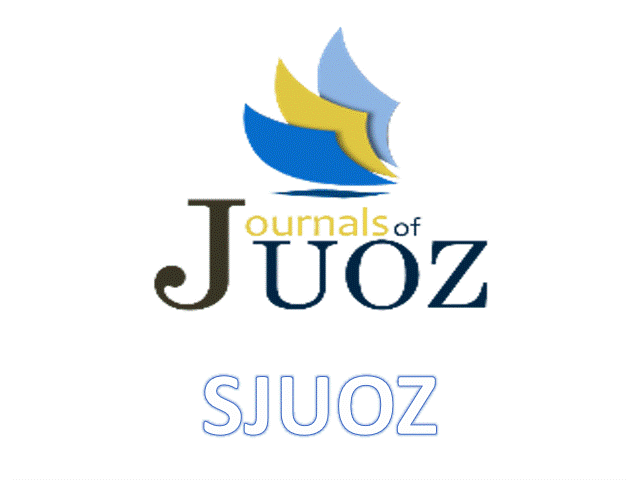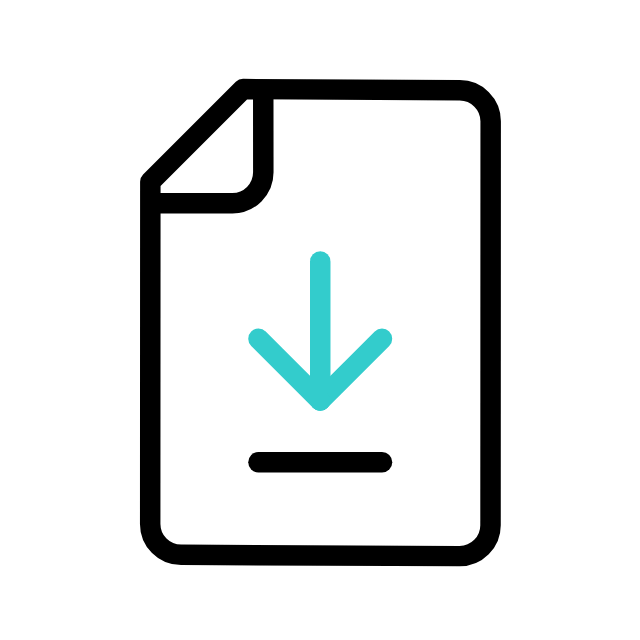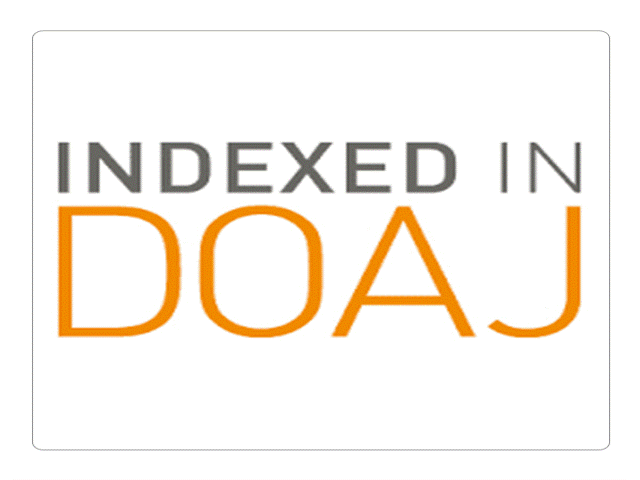A Web-Based Management Information System for Human Resources in Selected Universities of Duhok Province
DOI:
https://doi.org/10.25271/2017.5.2.371Keywords:
Human Resource Management Information System, SWOT, System Usability Scale, DuhokAbstract
Today, all managers use the information system to manage their organization efficiently and effectively. Moreover, a management information system (MIS) is a type of computerized information systems. Hence, human resource management information system (HRMIS) has a fast processing to produce accurate information within the organization environment. Therefore, many researchers proposed numerous HRMISs for university campuses. However, some universities, including Kurdistan Region universities are still relying paper-based system in managing their human resources. Based on that, this study aims to identify and analyze current systems which are used for managing and accessing human resource information in the university campus. Further, the study tries to design a web-based HRMIS based on the requirements achieved from aforementioned aim. The data collection of this study has been carried out at three universities, as a case study, in Duhok province. A mixed method of data collection was done. Then, the qualitative method of data collection conducted using interviews and observation instruments. Also, the quantitative method conducted using system usability scale (SUS) to evaluate the designed web-based HRMIS. Further, the analysis of collected data was based on the strategic planning technique using SWOT (Strengths, Weaknesses, Opportunities and Threats) to identify strengths, weaknesses, opportunities and threats points. Then, the requirements of designing a proposed web-based HRMIS were achieved. After implementing of the proposed system, the evaluation results of SUS were conducted to be acceptable (i.e. total score is 72.03%) based on the end-user viewpoints. Further, the reliability of the proposed HRMIS will be conducted at the University by using reliability measurement tools after implementing such system for a period of time.
Downloads
References
Achola, A. (2013). Management Information System Design on Human Resource Management of Kampala International. Information and Knowledge Management, 3(6).
Al-Khawlani, Mohammed Abdullah Ali. (2009). A web-based integrated health care management system.
Ankrah, Ebenezer, & Sokro, Evans. (2012). Human resource information system as a strategic tool in human resource management. Problems of Management in the 21st century, 5.
Bangor, Aaron, Kortum, Philip, & Miller, James. (2009). Determining what individual SUS scores mean: Adding an adjective rating scale. Journal of usability studies, 4(3), 114-123.
Basahel, Abdullah, & Irani, Zahir. (2009). Evaluation of strategic information systems planning (SISP) techniques: Driver perspective.
Chen, Qun, & Ni, Jun. (2013). Systems Architecture Design of Cloud-Based Human Resources Information Management Systems (cHRIMS) for Higher Education Institutions. Paper presented at the 2013 Seventh International Conference on Internet Computing for Engineering and Science.
Dey, Ian (Ed.). (2005). Qualitative data analysis: A user friendly guide for social scientists. Taylor & Francis e-Library: .
Fergerson, Brian. (2012). Key stages of Strategic Information System Planning (SISP) methods and alignment to strategic management planning concepts. ERP and Virtualization Services Columbia Forest Products, Applied Information Management Program, University of Oregon.
Goran, Yusuf. (2016). It’s our priority Agenda to Electronization the Universities and Ministry. from http:// mhe-krg.org
Hasan, Al-Mamary Yaser, Alina, Shamsuddin, & Nor, Aziati. (2014). The Role of Different Types of Information Systems in Business Organizations: A Review. International Journal of Research, 1(7), 333-339.
Ismaeel, Ayad Ghany, & Mikhail, Dina Y. (2014). Design of Locally E-management System for Technical Education Foundation-Erbil. arXiv preprint arXiv:1402.1880.
Karikari, Ama F, Boateng, Peter Agyekum, & Ocansey, Evans OND. (2015). The Role of Human Resource Information System in the Process of Manpower Activities. American Journal of Industrial and Business Management, 5(06), 424.
Kashive, Neerja. (2011). Managing today’s workforce: Human Resource Information System (HRIS), its challenge and opportunities. International Journal of Research in Finance & Marketing, 1(6), 38-66.
Lewis, James R, & Sauro, Jeff. (2009). The factor structure of the system usability scale. Human Centered Design.
Lingareddy, Soumya R. (2007). The Design and Implementation of Human Resource Management Website. Indiana University South Bend.
Navaz, AS, Fiaz, AS, Prabhadevi, C, Sangeetha, V, & Gopalakrishnan, S. (2013). Human Resource Management System. IOSR Journal of Computer Engineering (IOSR-JCE), 8(4), 62-71.
Öztürk, Veysi. (2013). Selection of appropriate software development life cycle using fuzzy logic. Journal of Intelligent & Fuzzy Systems, 25(3), 797-810.
Rafael, Lapiedra Alcamí, & Carlos, Devece Carañana. (2012). Introduction to Management Information Systems
Rajasekar, S, Philominathan, P, & Chinnathambi, V. (2006). Research methodology. arXiv preprint physics/0601009.
Sarhan, Luay Idrees, Atroshi, Akeela M, & Ahmed, Nawzat S. (2016). A Strategic Planning of Developing Student Information Management System Using SWOT. Journal of University of Human Development/Vol, 2(3).
Shaikh, MD Sadique. (2012). Human resource information system (HRIS) designing needs for business application. JSET, 4(1), 19-24.
VanderStoep, Scott W, & Johnson, Deidre D. (2008). Research methods for everyday life: Blending qualitative and quantitative approaches (Vol. 32): John Wiley & Sons.
Downloads
Published
How to Cite
Issue
Section
License
Copyright (c) 2017 Vaman M. Haji, Nawzat S. Ahmed

This work is licensed under a Creative Commons Attribution 4.0 International License.
Authors who publish with this journal agree to the following terms:
- Authors retain copyright and grant the journal right of first publication with the work simultaneously licensed under a Creative Commons Attribution License [CC BY-NC-SA 4.0] that allows others to share the work with an acknowledgment of the work's authorship and initial publication in this journal.
- Authors are able to enter into separate, additional contractual arrangements for the non-exclusive distribution of the journal's published version of the work, with an acknowledgment of its initial publication in this journal.
- Authors are permitted and encouraged to post their work online.








